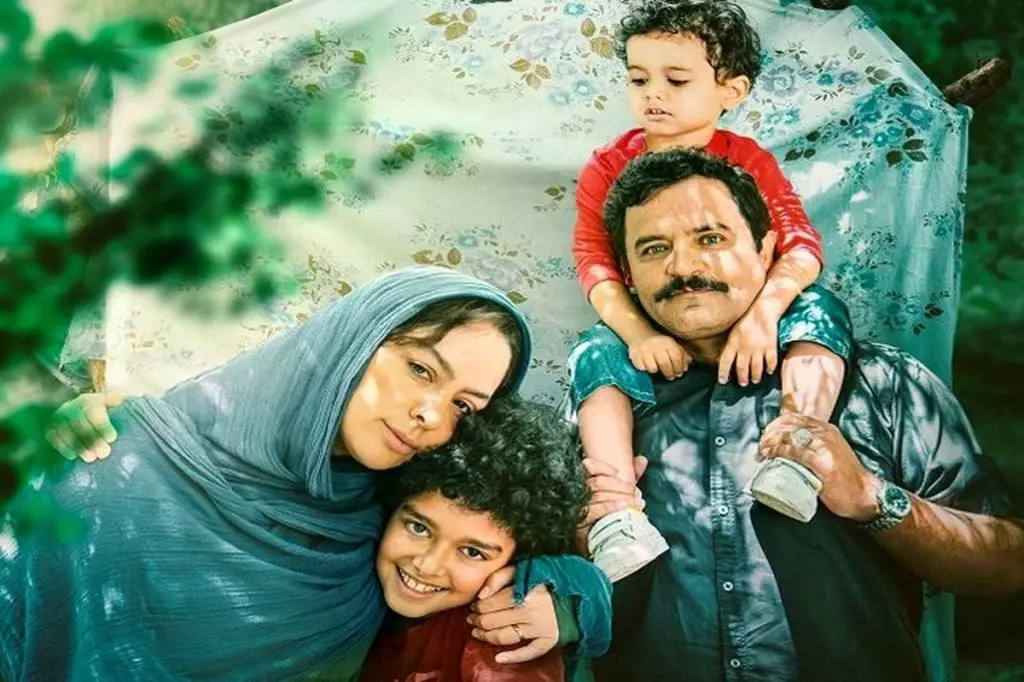In a significant announcement, Iran has officially chosen “In the Arms of the Tree” as its contender for the Best International Feature Film category at the upcoming 97th Academy Awards. The decision was disclosed by the Farabi Cinema Foundation, signaling a thoughtful and strategic selection that underwent a meticulous 10-day review by a nine-member committee. This process not only highlights the importance of cultural representation on a global stage but also showcases the rigorous evaluation of the cinematic landscape within Iran.
The film stood out among other potential candidates such as “Isatis,” directed by Alireza Dehghan, and “The Silent City,” helmed by Ahmad Bahrami. Both films presented unique narratives indicative of Iranian cinema’s rich storytelling tradition, but ultimately, it was the complexities portrayed in “In the Arms of the Tree” that captured the committee’s attention. This selection process reflects an increasing emphasis on narrative depth and cultural resonance, suggesting a broader trend in how films are evaluated for international acclaim.
Directed by Babak Lotfi Khajepasha, “In the Arms of the Tree” explores the intricate dynamics of familial relationships through the lives of Kimia and Farid, a couple navigating a significant life crisis. Married for twelve years, their struggles unravel the simplicity and kindness inherent in the lives of their children. The film’s official synopsis presents a stark juxtaposition between the adults’ turmoil and the innocent world of childhood. It raises poignant questions about how personal strife affects not only individual relationships but also the innocent lives intertwined within them.
Such an examination of emotional upheaval resonates deeply, especially considering the socio-political backdrop of Iran, where personal freedom and familial stability often clash with broader societal tensions. This nuanced portrayal positions the film as an invaluable commentary on contemporary Iranian society, tackling themes like despair, hope, and the often harsh realities that disrupt the ideal family unit.
The competition for the Oscars in the Best International Feature Film category has been heating up, with countries announcing their submissions in quick succession. For instance, France has put forward “Emilia Pérez,” a Spanish-language musical from director Jacques Audiard, while Norway’s entry, “Armand,” marks a significant debut by filmmaker Halfdan Ullmann Tøndel. Such diverse representations point to an ever-expanding global cinema landscape where narratives from varying cultural contexts vie for recognition.
Moreover, Germany’s selection of “The Seed of the Sacred Fig” by Iranian director Mohammad Rasoulof adds another layer of complexity to the international competition. Rasoulof, having fled Iran due to oppressive governmental threats, exemplifies the challenges faced by filmmakers in authoritarian regimes. His work, like that of Lotfi Khajepasha, underscores the vital role of cinema as a medium for expressing resistance and resilience in the face of adversity.
In choosing “In the Arms of the Tree,” Iran is not just submitting a film for award consideration; it is projecting its cultural narratives onto a global canvas. This move holds significant implications for Iranian cinema, particularly as it seeks to navigate a landscape that is increasingly dominated by stories of resilience and humanity. The recognition at such a prestigious platform as the Academy Awards may provide a much-needed spotlight on the nuanced challenges faced by families in Iran, transcending geographic and cultural boundaries.
Furthermore, as submissions from various countries continue to roll in, the spotlight on filmmakers like Lotfi Khajepasha and Rasoulof may lead to increased international collaborations and exchanges. For audiences, these films offer a glimpse into the complexities of lives shaped by societal constraints and personal challenges, thereby fostering a deeper understanding and appreciation of the Iranian experience.
Ultimately, “In the Arms of the Tree” serves not only as a film but as a potent symbol of the resilience of Iranian culture, carving out a space for dialogue and introspection as it competes for recognition at the Oscars. As the cinematic landscape evolves, such narratives will be crucial in shaping perceptions and fostering empathy across borders.

Leave a Reply